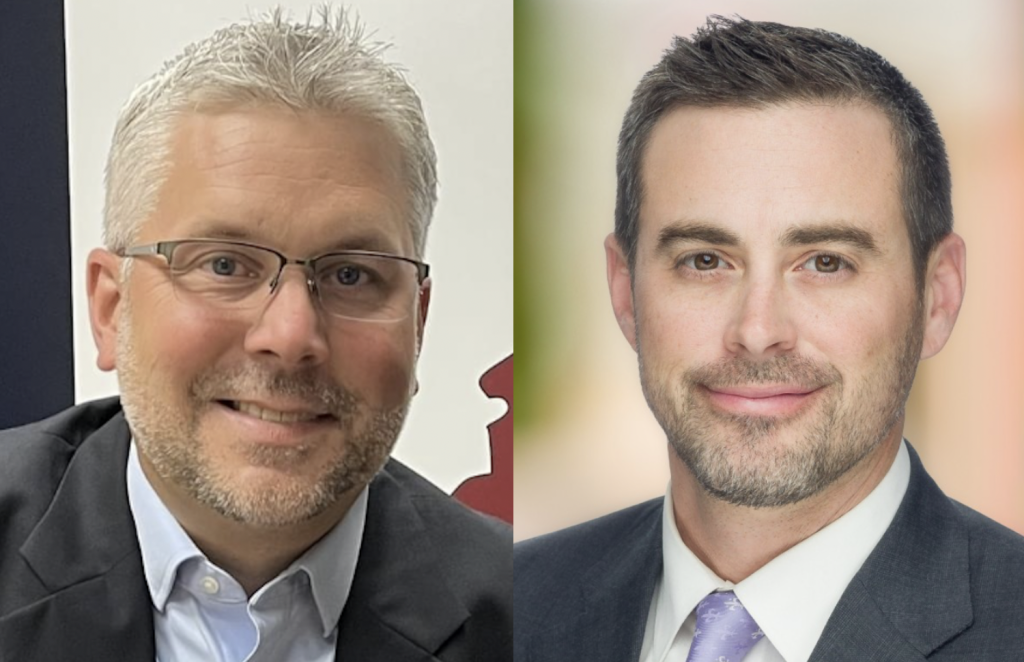Over the last year, the cost of living in New York hasn’t improved — it’s only become more untenable. Consumers not only shouldn’t, but can’t, take on the burden of more costs — however well-intentioned — when there are so many unknowns undermining hard working New Yorkers’ ability to budget.
An increasingly unpredictable economic environment makes the bill introduced into the New York legislature last year, the misnamed Packaging Reduction and Recycling Infrastructure Act, an even worse idea now than it seemed at this time a year ago. And when you tack on the disingenuous PR campaign to push it through to the governor’s desk, it’s clear it’s an insult to New Yorkers’ intelligence.
According to our data, if implemented, the Packaging Reduction and Recycling Infrastructure Act’s expected costs in New York would fall between $2.19 billion to $2.6 billion, or $438,000,000 to $520,800,000 annually over five years. And when the New York City Comptroller has a page on the city’s website dedicated to the ever-increasing cost of living, there’s already a runaway problem. Omitting the cost to New Yorkers for the sake of the bill’s passage won’t do anything more than delay the inevitable additional — but avoidable — burden on hardworking New Yorkers.
Per city data, after rent hit a record high in 2023, “ … a household would need to earn $140,000 or more to not be rent-burdened (defined as paying 30% or more of income on rent). This income level is nearly double the median NYC household income level in 2022.”
We were encouraged last year when this bill didn’t advance because of its anticipated cost burden on consumers, and we thought that would be enough for lawmakers to drop the idea altogether. We also thought, that given the pressure from unprecedented tariffs levied by the federal government, New York policymakers wouldn’t want to increase pressure on their constituents. Instead, what should have been a non-starter a year ago continues to be a bad idea and a disservice to New York residents — and a missed opportunity for extended producer responsibility legislation (EPR) — a policy effort in which stakeholders across the packaging value chain establish clear goals and accountability for their respective roles in improving recycling infrastructure and achieving increased recycling rates — to truly stand to benefit the state and promote the circular economy EPR aims to support. Cherry-picked data presented to drum up support for the bill doesn’t change that.
Just as critical as building legislation that supports diverting products from landfills is crafting legislation that will ensure every player in the value chain is aligned — and most importantly, that consumers don’t bear the undue burden.
The cost of EPR in New York is much higher than some of its proponents suggest and will undoubtedly exacerbate the impacts of inflation on consumer goods at a time when many New Yorkers are already facing an unmanageable affordability crisis. In February, the nonprofit Robin Hood released data that revealed more than two million New Yorkers live in poverty, including an unprecedented one in four New York City residents, attributable, they said, to the rising costs of living.
“While continued economic growth and declining unemployment typically reduce poverty levels, this year’s report finds that the increased cost of living plunged an additional 100,000 New Yorkers into poverty. As a result, New York City’s poverty rate hit 25% – or 1 in 4 New Yorkers – up from 23% last year, and is nearly double the national poverty rate of 13%,” Robin Hood said in its press release announcing the data. This stark reality is underscored by two other numbers they found — 2.02 million New Yorkers overall, and 420,000 children, live in poverty across the state.
Even in California, Governor Gavin Newsom pumped the breaks on a sweeping EPR bill that should have been implemented in California in March. The governor’s office sent the bill back to be retooled so it would be “implemented fairly,” per Waste Dive.
The reality remains, as well, that food and beverage manufacturers have to follow strict standards for product packaging, so items don’t spoil on store shelves or become exposed to contamination. A better approach to mitigating plastic waste in the state, then, can be found in an approach like advanced recycling, a process that serves as a complement to mechanical recycling. This technology enables plastic waste to be processed back into virgin-grade durable, refillable or reusable applications — and gives CPG companies an opportunity to create better packaging solutions with a lower environmental impact. This is a real solution that aims to support industry product packaging standards while ensuring demand is met. This way, New Yorkers won’t be at risk of seeing fewer products they love in the grocery store or at their favorite corner store.
The assumption that consumers could or should absorb these costs is not only disingenuous and dangerous to the New Yorkers trying to live their lives, but the easily debunked lie assumes they wouldn’t be able to tell the difference — which couldn’t be farther from the truth. The hardworking people of New York deserve a bill that won’t take more money out of their pockets.
Mike Durant is the president & CEO of the Food Industry Alliance of New York. John Hewitt is the senior vice president of packaging & sustainability with the Consumer Brands Association.
The post One Year Later, the Misnamed Packaging Reduction & Recycling Bill Still a Bad Bet for New Yorkers appeared first on EMPIRE REPORT NEW YORK 2025® NEW YORK’S 24/7 NEWS SITE.

